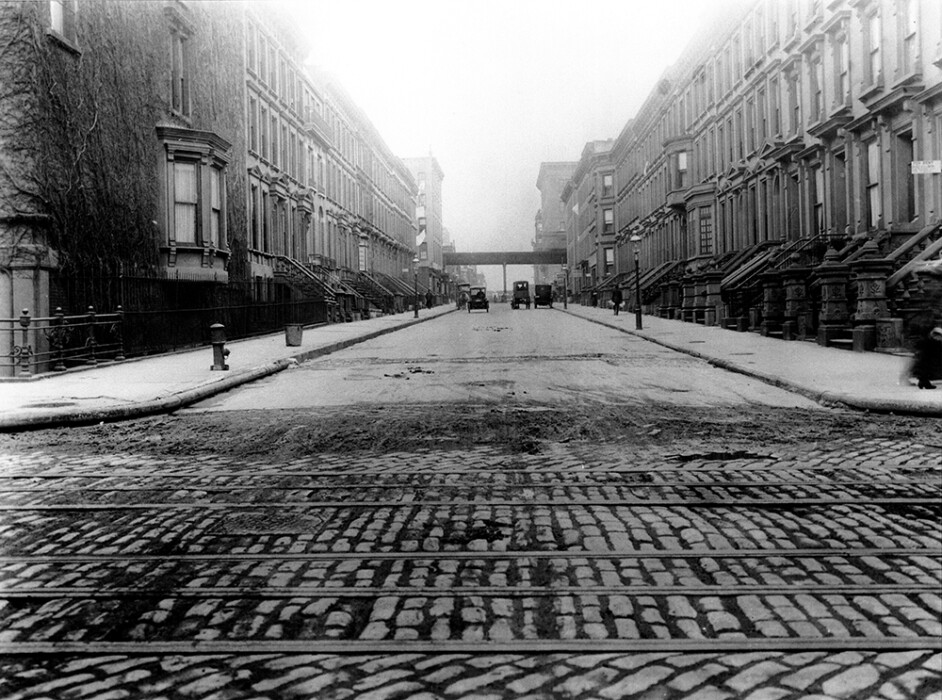
A Brief History of Carnegie Council
Carnegie Council was founded in New York City in 1914, when Andrew Carnegie assembled a group of leaders in religion, academia, and politics and appointed them trustees of an organization named the Church Peace Union (CPU). Through the CPU, Carnegie hoped to make war obsolete.
History of Impact
1914: A Visionary Idea
Carnegie Council was founded in New York on the eve of World War I. Andrew Carnegie hoped to mobilize the world’s religious organizations and other ethical resources to join in promoting moral leadership and finding alternatives to armed conflict.
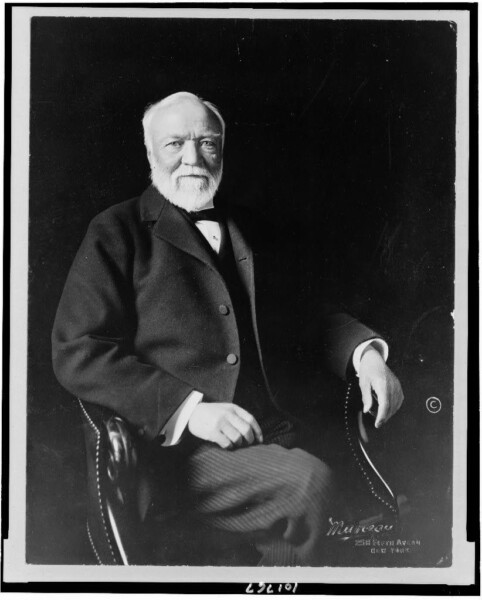
1919: Advocating for the League of Nations
We became a leading advocate for the ratification of the League of Nations, sending letters to 80,000 ministers and cooperating with leaders in education, politics, labor unions, and civic organizations to rally public opinion.
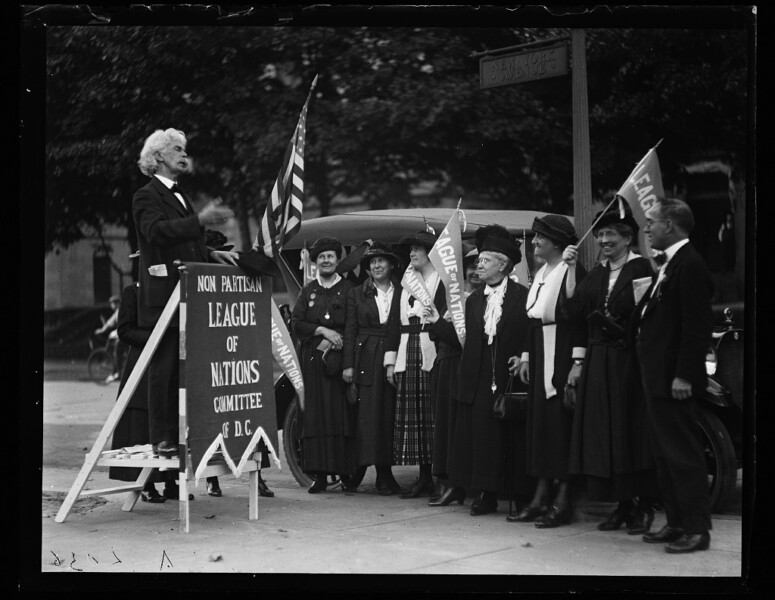
1940s–50s: Putting Refugees First
We spearheaded a multi-pronged effort to support refugees, particularly European Jews, and we stood as a leading advocate for U.S. leadership in the formation of the United Nations.
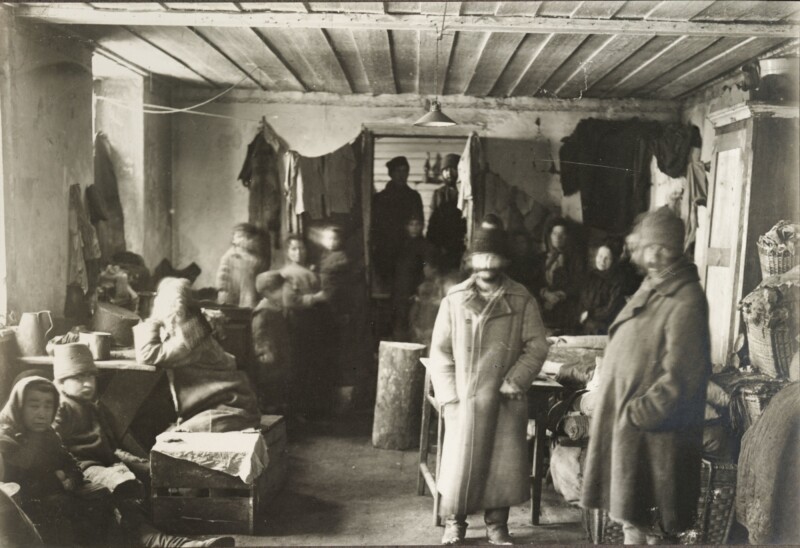
1960s–70s: The Fight for Equality
Throughout the turbulent 1960s and '70s, we strongly supported the U.S. Civil Rights Movement. Our Worldview magazine served as a forum for civil and human rights scholarship, featuring essays from movement leaders such as Martin Luther King Jr. and Reinhold Niebuhr.
We also collaborated with Historically Black Colleges and Universities (HBCUs) to develop civil-rights-focused curriculums and lectures.
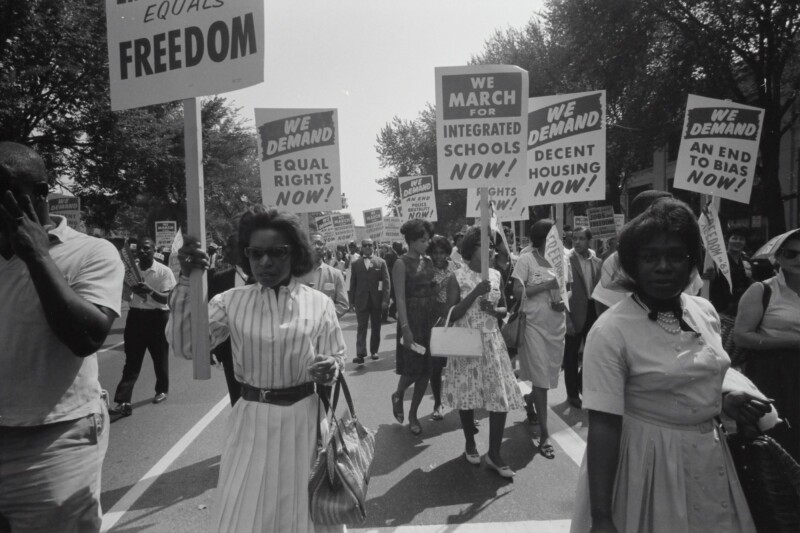
1970s: Principle and Power
We established the Distinguished Lecture on Ethics and Foreign Policy in honor of longtime trustee Hans J. Morgenthau. Through his study of the relationships between principle and power, Morgenthau interpreted the realities of international politics for the Cold War generation.
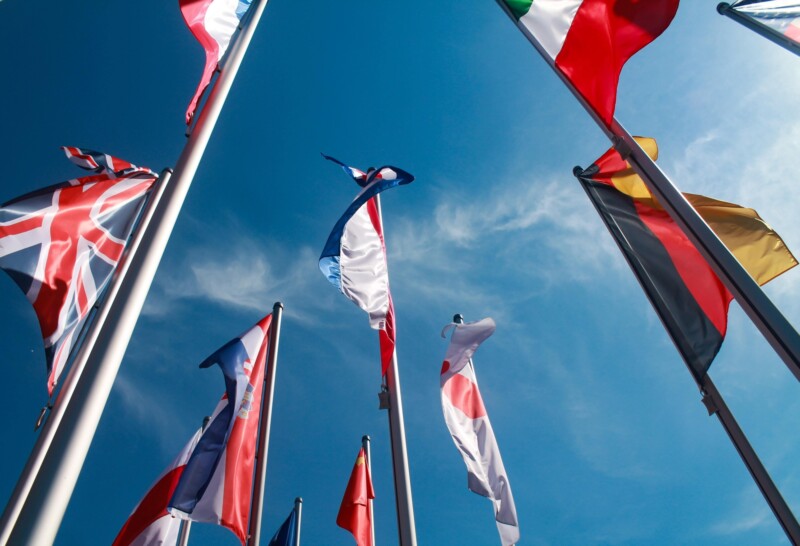
1980s: A New Forum for Scholarship and Applied Ethics
We published the first edition of Ethics & International Affairs, a quarterly scholarly journal that quickly became a major resource in the field and home to paradigm-shifting scholarship, research, and ethical discussion. Today, it reaches over 100,000 academics annually.

1990s: Human Rights in Practice
We launched the Human Rights Initiative program featuring meetings, seminars, and workshops to explore ethical dilemmas occurring when human rights ideals confront realities on the ground. Special attention was given to the UN-sponsored Responsibility to Protect doctrine and the moral imperative of humanitarian intervention.

2000s: Working Against Cruel Treatment and Torture
Following the September 11th attacks and subsequent response by the U.S., we identified torture as a vital ethical issue of the moment. Through the creation of events and editorials, we drove conversation on the ethical considerations of cruel treatment while in captivity. This work continued through the mid-2000s following ongoing revelations at Guantanamo Bay and Abu Ghraib.
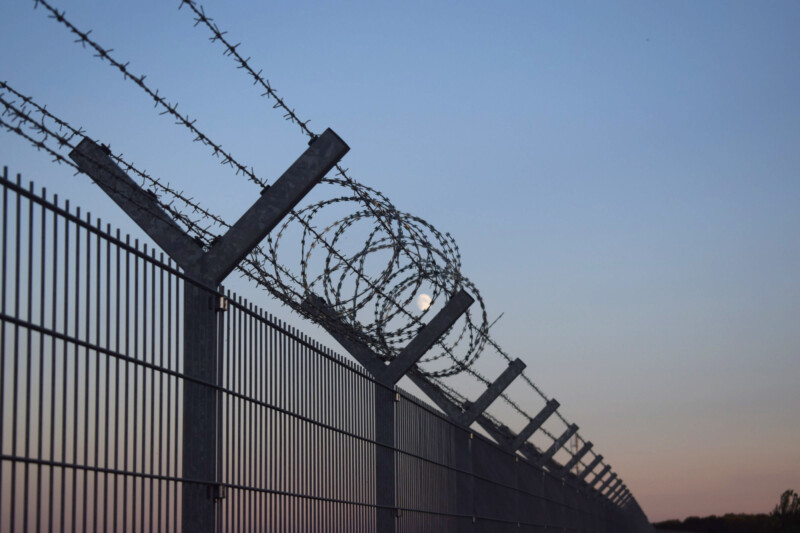
2000s cont’d: Positioning Climate Ethics Center Stage
We created a multi-year project to explore and redefine comparative environmental values to meet emerging climate challenges. The international effort featured cooperating centers in China, India, Japan, and the U.S.

2008: A Studio for Global Ethics
We launched our Carnegie Ethics Studio to serve as a worldwide multimedia platform for ideas on ethics, foreign policy, and international relations. Today, we produce more than 100 events and podcasts annually in-house and disseminate the resulting content across social media, digital, TV, and radio.

2014: Ethics for a Connected World
We celebrated our 100th anniversary by launching “Ethics for a Connected World” to address six core themes: Corruption and Trust; Environment and Growth; Citizenship and Difference; War and Reconciliation; Democracy and Its Challengers; and Technology and Risk. Programs included the creation of a Global Ethics Network of universities and students and the launch of the first annual Global Ethics Day to explore the role of ethics in international affairs.

2017–Present: Impact Initiatives
We launched our first Impact Initiative: Carnegie Climate Governance Initiative (C2G) to catalyze the creation of governance for climate-altering approaches, such as solar radiation modification and large-scale carbon dioxide removal. We currently operate Impact Initiatives across the areas of artificial intelligence, climate, global engagement, and migration.
